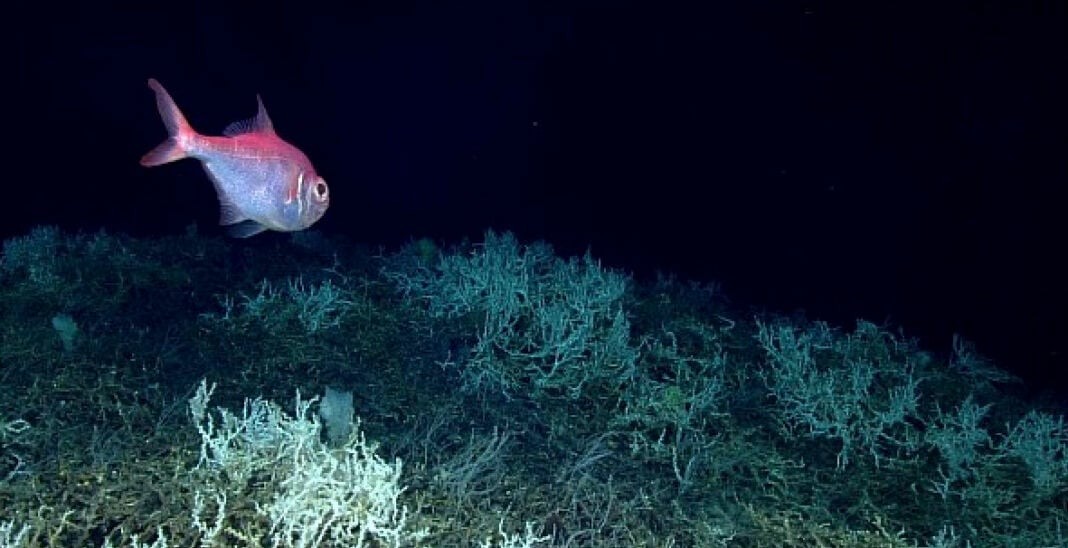Scientists have discovered the largest known-to-date, deep-sea coral reef habitat off the southeast US coast.
The underwater seascape of cold-water coral mounds covers 6.4 million acres (2.6 million hectares), an area larger than the US state of Vermont, according to the National Oceanic and Atmospheric Administration.
The results were published in the journal Geomatics.
According to Derek Sowers, mapping operations manager for the Ocean Exploration Trust and lead author of the study:
“This strategic multiyear and multi-agency effort to systematically map and characterize the stunning coral ecosystem right on the doorstep of the US East Coast is a perfect example of what we can accomplish when we pool resources and focus on exploring the approximately 50% of US marine waters that are still unmapped. Approximately 75% of the global ocean is still unmapped in any kind of detail, but many organizations are working to change that. This study provides a methodology aimed at interpreting mapping data over large ocean regions for insights into seafloor habitats and advancing standardized approaches to classifying them to support ecosystem-based management and conservation efforts.”
Scientists synthesized bathymetric data from 31 multibeam sonar mapping surveys, the largest of which were led by NOAA Ocean Exploration, to produce a nearly complete map of the seafloor of the Blake Plateau, located about 100 miles (161 km) off the southeast US coastline.
The study area that includes the coral reef is nearly the size of Florida. It is approximately 35-75 miles (60–120 km) offshore of the southeast coast beginning off Miami and stretching to the area offshore of Charleston, South Carolina.
The study documents the massive scale of the coral province, an area composed of nearly continuous coral mound features that span up to 500 kilometers (310 miles) long and 110 kilometers (68 miles) wide, with a core area of high-density mounds up to 254 kilometers (158 miles) long and 42 kilometers (26 miles) wide.
The results also highlight how different regions of the Blake Plateau exhibit large variations in the density, height and pattern of coral mound formation.
For more info, go to NOAA Ocean Exploration.

